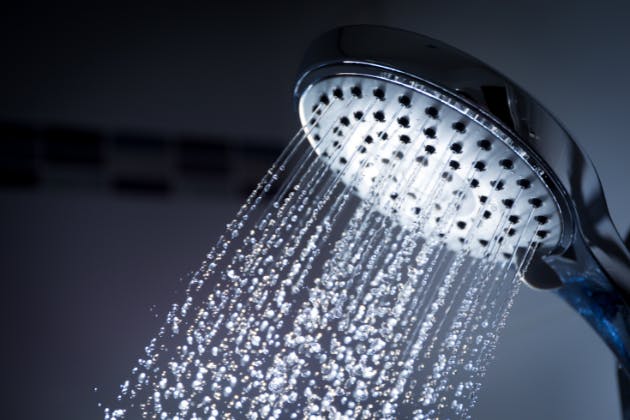If you’ve noticed that the water pressure in your home has suddenly dropped, it can be frustrating and inconvenient. Whether it's the shower, taps, or appliances, low water pressure can affect everyday tasks. Fortunately, there are a few steps you can take to identify and resolve the issue before it becomes a bigger problem. In this blog, we’ll guide you through some practical solutions for dealing with low water pressure.
6 Things To Do When Your Water Pressure Drops
1. Check for Water Supply Issues
The first thing to consider is whether the problem is with the water supply itself. Sometimes, water pressure issues can occur if there's maintenance or a disruption in your local water supply. Check with your water provider to see if there are any known outages in your area.
If the problem is widespread, the best course of action is to wait for the issue to be resolved. However, if the low pressure only affects your home, the problem is likely internal.
2. Inspect Your Pressure Regulator
A common cause of low water pressure in homes is a faulty pressure regulator. The pressure regulator is a valve installed on your main water line that controls the flow of water entering your home. Over time, these valves can wear out or become damaged, leading to fluctuating water pressure.
If you suspect the regulator is the problem, it may need to be replaced. A qualified plumber can inspect the regulator and determine if it needs adjusting or replacing to restore your water pressure.

3. Look for Leaks
Leaks in your plumbing system are another possible culprit for low water pressure. Small leaks may go unnoticed but can significantly affect your water pressure over time. Inspect your pipes, particularly around areas where the plumbing is visible, for signs of leaks, such as damp spots, water stains, or puddles.
It’s best to contact a plumber to conduct a thorough inspection of your plumbing system. They will use specialised tools to locate and fix any leaks, restoring your water pressure.
4. Clean or Replace Taps and Showerheads
Sometimes, low water pressure can be caused by a buildup of mineral deposits in your faucet aerators or showerheads. Over time, lime scale can accumulate, restricting water flow and leading to reduced pressure.
To fix this, remove the aerator or showerhead and clean it thoroughly. Soaking them in vinegar overnight can help dissolve mineral deposits. If the buildup is severe, it may be necessary to replace the aerator or showerhead entirely.
5. Check for Clogged Pipes
If your home has old pipes, they may be corroded or clogged, which can impede water flow. This is especially common in homes with metal pipes that have been in place for many years. If you’ve ruled out other causes and the low pressure persists, clogged pipes could be the issue. A professional plumber can carry out a pipe inspection using advanced technology to determine if your pipes need cleaning or replacement.
6. Consider Your Water Usage
Sometimes, low water pressure occurs when too many water fixtures are in use at once. If multiple people in your household are using water simultaneously, such as taking showers or running the dishwasher, this can strain the water system and result in a temporary drop in pressure.
To avoid this, try spreading out water usage throughout the day or staggering activities like showering and using the washing machine.
When to Call a Professional Plumber
If you’ve gone through these steps and still can’t resolve the issue, it’s time to call in a professional plumber. A plumber can accurately diagnose the cause of low water pressure and recommend the best solution, whether it’s fixing a leak, replacing a pressure regulator, or clearing clogged pipes.
At Armstrong Heating, we offer plumbing services in Christchurch and New Milton. Our experienced plumbers can quickly identify the source of your water pressure problems and provide efficient solutions.
